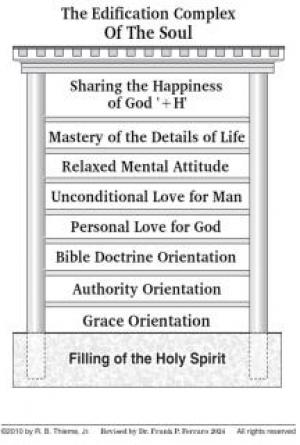The Greek could be translated “a Son of Man” or “the Son of Man.”
God’s Word in Romania 3 Translated by I.A.
Old Style (O.S.) and New Style (N.S.) (http://en.wikipedia.org/wiki/Old_Style_and_New_Style_dates) are sometimes used with dates to indicate either whether the start of the Julian year has been adjusted to start on 1 January (N.S.) even though documents written at the time use a different start of year (O.S.), or whether a date conforms to the Julian calendar (O.S.), formerly in use in many countries, rather than the Gregorian (N.S.)
The Church Calendar (in Romania) up to 1924 was the same as that of Nicaea, based on severe apostolic canons, but in 1924, the Scripture of the prophet Daniel was fulfilled: «the people made bold to even change the times», when the primate metropolitan - of that time, Miron Cristea, (Primate metropolitan = (in the past) a title given to the first metropolitan of a country; today it would be equal to that of a patriarch) introduced the Gregorian Calendar (Catholic) as result of a „pan-Orthodox” congress that took place in 1923, in Constantinople. At that congress, the patriarch of that time, Meletie, proposed the acceptance of the „revised” Julian Calendar, (http://en.wikipedia.org/wiki/Revised_Julian_calendar) which was in accord with the Catholic one for a period up to the year 2800 and „it was allowing that all the feasts to be celebrated at the same time with those of other
Demetrius of Thessaloniki
Translated by I.A., r.n.
Saint George (Greek: Γεώργιος Georgios; Latin: Georgius; AD 275–281 to 23 April 303)
«The tombs were opened, and many bodies of the saints who had fallen asleep were raised and came out of the tombs after His resurrection. (They entered into the holy city and appeared to many).» (Mat: 27/52, 53)







